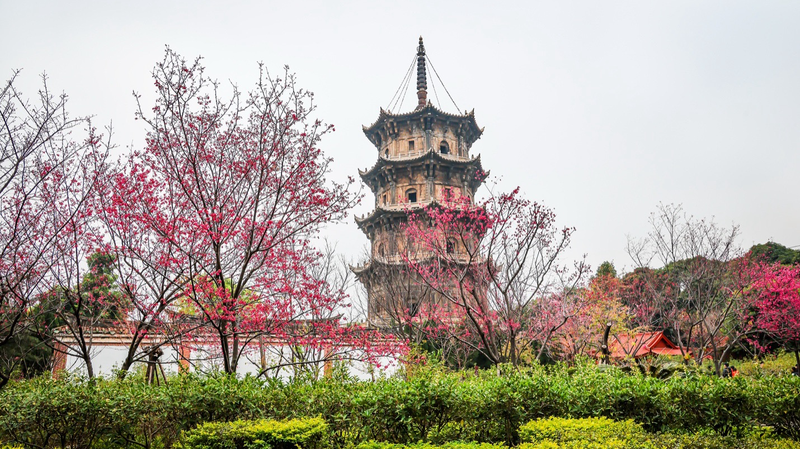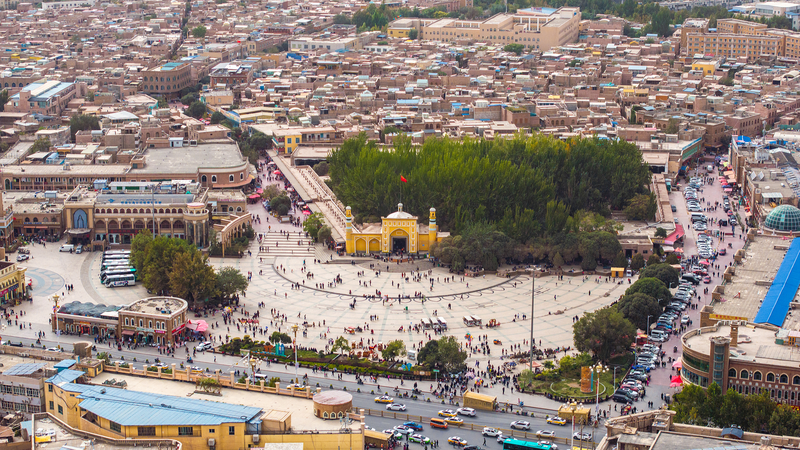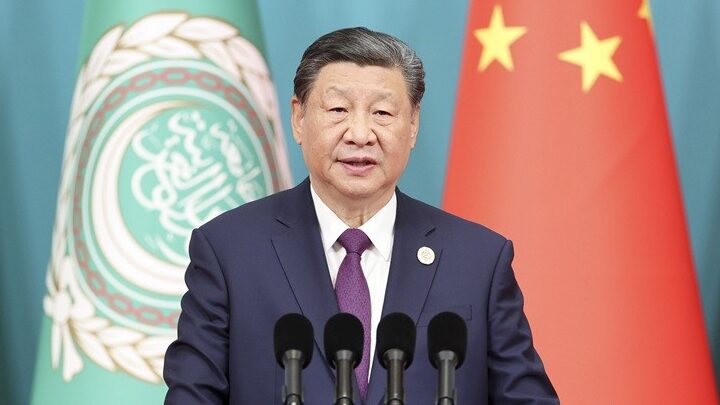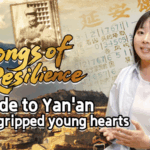Imagine walking through a city where Confucian temples, mosques, and churches stand side by side—not as rivals, but as neighbors. This is Quanzhou, China’s ancient maritime hub, where diversity wasn’t just tolerated—it thrived. 🌏✨
When Gods (and Ideas) Shared Streets
A South African journalist once asked Guo Yan, a CGTN commentator, why Chinese people 'have so many gods.' The answer? 'We honor many beliefs.' From Arab traders to European missionaries, Quanzhou’s history whispers a truth: civilizations grow stronger when they listen, not just preach. 🕊️
Before Hashtags, There Were Camel Caravans
Long before TikTok trends, the Silk Roads were the OG global network. Zhang Qian’s 2,000-year-old expeditions didn’t just trade silk—they swapped philosophies, math, and even medical knowledge. Think of it as ancient crowdsourcing: Buddhism flowed east, while paper-making sparked Europe’s Renaissance. 📜➡️🎨
Tang Dynasty Vibes: OG Cultural Fusion
The Tang Dynasty didn’t just drop fire poetry—it blended foreign music, fashion, and ideas like a pro. Its secret sauce? Openness. Persian art, Greek astronomy, and Indian spices mixed with local traditions, proving that diversity isn’t a weakness—it’s a superpower. 💥
Mencius’ Mic Drop Moment
Philosopher Mencius nailed it 2,300 years ago: 'Things are not all the same. That is the true nature of things.' Translation? Differences aren’t bugs in the system—they’re features. Today, as tech connects us faster than Silk Road camels, his wisdom still slaps. 🎯
From Quanzhou’s temples to your TikTok feed, one lesson echoes: Progress happens when we trade ideas, not just goods. 🌐💡
Reference(s):
cgtn.com





